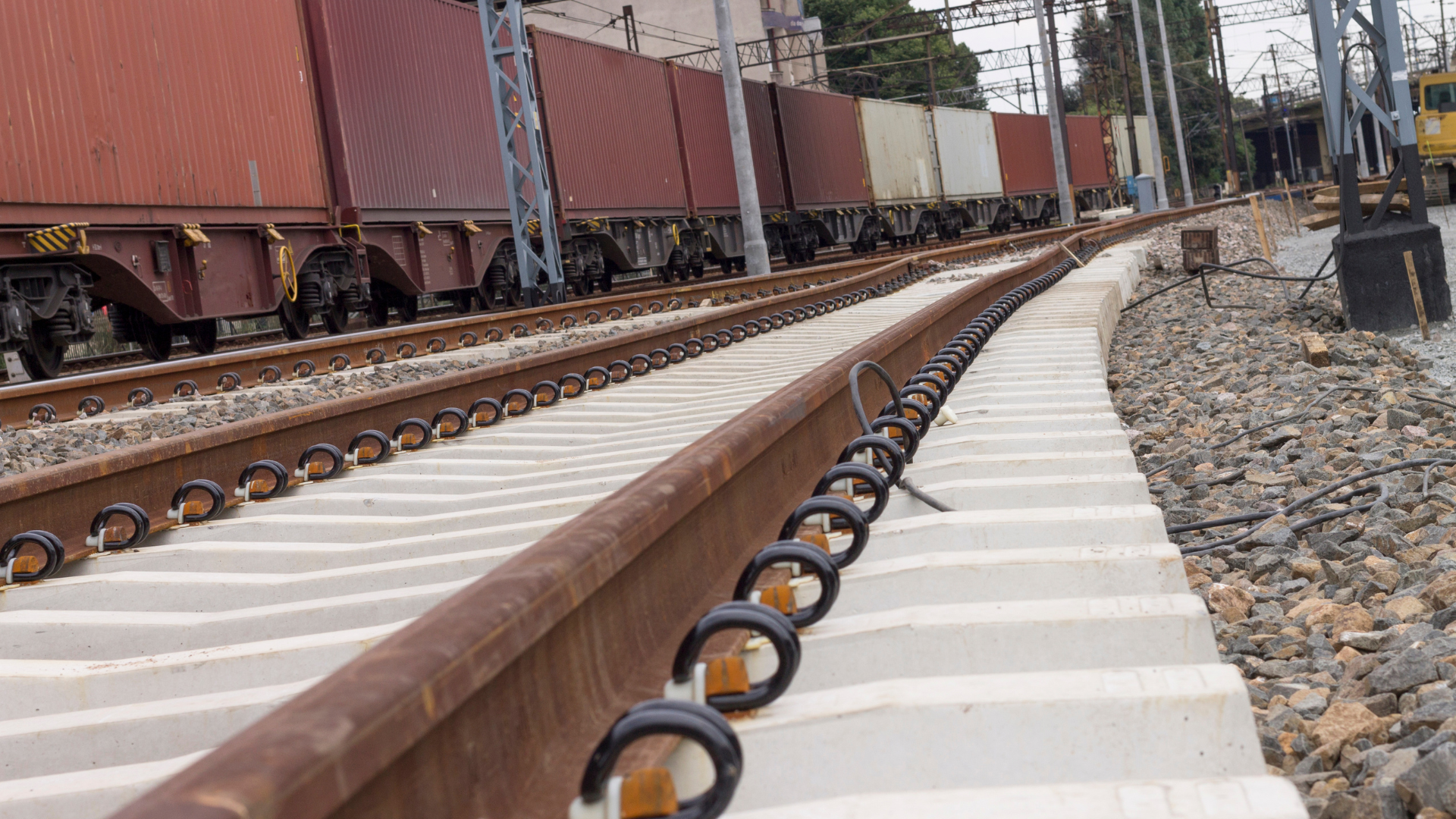Strengthening Security Measures for Rail Transportation of Dangerous Goods

The rail transportation of dangerous goods is a crucial component of the global supply chain, facilitating the movement of essential materials for industries ranging from chemicals and fuels to agriculture and manufacturing. However, transporting hazardous goods carries innate risks, including potential accidents, leaks, or incidents that could harm the environment, public safety, and the economy.
The Significance of Rail Transportation for Dangerous Goods
Efficiency and Cost-Effectiveness
Rail transportation is a cost-effective and efficient mode of moving large quantities of dangerous goods over long distances. It plays an important role in supporting various industries and meeting consumer demands.
Reduced Environmental Impact
Trains are known for their relatively lower carbon footprint compared to other modes of transportation, making them an environmentally friendly choice for the movement of dangerous materials.
Risks Associated with Rail Transportation of Hazardous Goods
Accidents and Derailments
The transportation of dangerous goods by rail carries the risk of accidents, derailments, or collisions, potentially leading to dangerous material spills, fires, or explosions.
Security Threats
Rail shipments of dangerous goods are vulnerable to security threats, including theft, tampering, or sabotage, which can have severe consequences for public safety and the environment.
Strengthening Security Measures
Enhanced Surveillance
Implementing advanced surveillance technologies, such as video cameras, drones, and sensors, can help monitor rail shipments in real-time and detect any unusual activities or security breaches.
Secure Loading and Unloading
Ensuring secure loading and unloading procedures at rail terminals and facilities is crucial. Employing personnel with security clearances and conducting thorough inspections can mitigate the risk of unauthorized access.
Tracking and Monitoring
Using tracking systems that provide real-time information about the location and status of rail shipments allows for quick responses to any security incidents or accidents.
Communication and Coordination
Effective communication and coordination among government agencies, law enforcement, rail companies, and emergency responders are necessary to respond rapidly and efficiently to security threats or accidents.
Training and Awareness
Training railway personnel and first responders on identifying security threats and responding to dangerous materials incidents is critical for preparedness and mitigation.
Regulatory Compliance
Rail transportation of dangerous goods is subject to strict regulations and standards. Ensuring compliance with these regulations is essential to maintaining security and safety.
Public-Private Partnerships
It is important to establish effective public-private partnerships to strengthen security measures for rail transportation of hazardous goods. Collaboration between government agencies, railway companies, and the chemical industry can enhance security protocols, share intelligence, and ensure that security measures are consistently applied throughout transportation.
In conclusion, rail transportation of dangerous goods is essential for modern commerce but carries inherent risks. We must strengthen security measures to enhance safety for communities, the environment, and the economy. By using advanced surveillance, secure loading and unloading, tracking systems, effective communication, and regulatory compliance, we can boost the security of rail shipments. Collaborative public-private partnerships further fortify security.
To navigate this complex landscape safely, contact Global Hazmat – your go-to for training and expertise.
